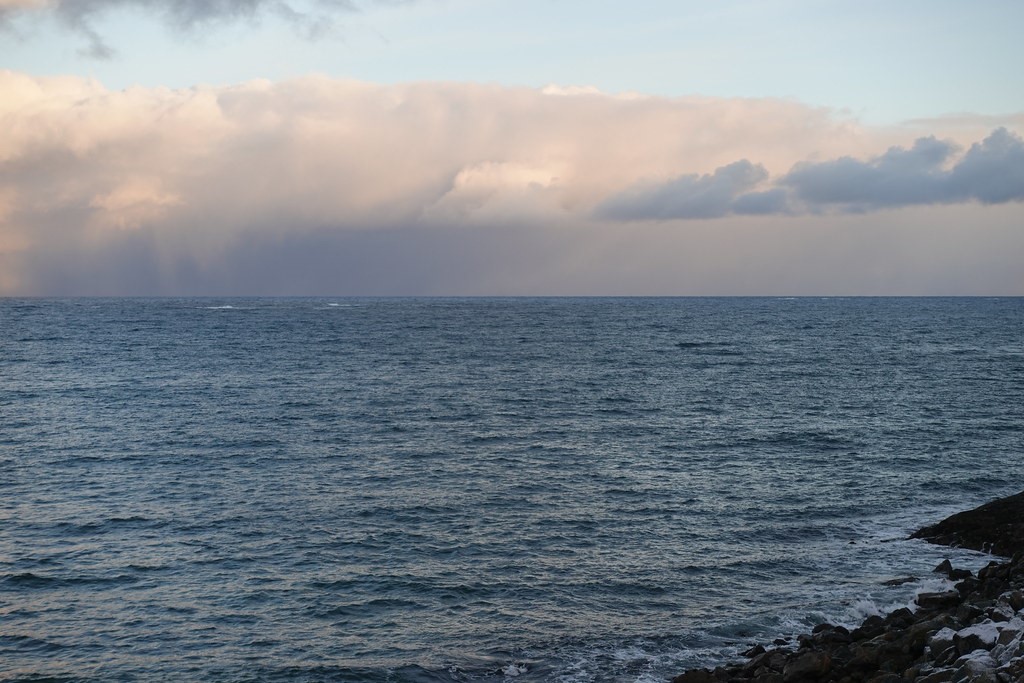Constituent groups focus on measurements related to aerosols, clouds, and precipitation
The Atmospheric Radiation Measurement (ARM) user facility’s strategy of relying on user recommendations for ongoing improvements continues to bear fruit.
In 2021, ARM has published two workshop reports that directly link to the goals set forth in ARM’s recently updated Decadal Vision. Both reports are outputs from ARM constituent groups, which consist of scientific and technical experts.
Focus on Clouds and Precipitation

The ARM Cloud and Precipitation Measurements and Science Group (CPMSG) Workshop Report presents the results of a virtual workshop held March 23 and 24, 2020. Attendees represented the ARM/Atmospheric System Research (ASR) community spread across national laboratories, universities, and federal agencies.
This was the first workshop for the CPMSG, chartered in March 2019 to improve the performance and science impact of ARM’s cloud and precipitation measurements.
The workshop provided an analysis of ideas pursued by the group during its first year through discussions with ASR community members.
CPMSG organizers planned the workshop around the focus areas of the three ASR cloud-oriented working groups: mixed-phase and ice processes, boundary-layer structure and shallow cloud microphysics, and convection and cirrus.
The resulting report has 13 authors, led by CPMSG Chair Ann Fridlind. It confirms (and expands upon) seven recommendations to ARM that were drafted with community input in the months leading up to the workshop:
- Develop a publicly accessible science traceability matrix approach to proposed new investments.
- Develop short-term measurement strategies for some resource-intensive ground-based instruments.
- Improve the existing process for reviewing and retiring capabilities.
- Develop strategies for high-volume data reduction, such as radar spectra.
- Develop a cloud regime classification system to support ease of use of ARM datastreams.
- Continue moving toward open-source and community software, and educate users about this.
- Stimulate joint community exercises to broaden ARM’s reach and impact.
All About Aerosols

The second report, the ARM Aerosol Measurement Science Group (AMSG) 2019 Strategic Planning Workshop Report, is authored by AMSG Co-Chairs Allison McComiskey, Stephen Springston (now retired), and Connor Flynn. The report summarizes a workshop held from November 13 to 15, 2019, in Norman, Oklahoma.
This was the second workshop for the AMSG, chartered in 2015 to enhance coordination of ARM aerosol and atmospheric trace gas observations with user needs. The report from the first workshop, held in 2017, produced an implementation plan to create a more comprehensive, higher-quality, and easier-to-access set of aerosol measurements in the ARM Data Center.
After that, as technical progress was being made on measurement and physical systems, the AMSG refocused on strategies for increasing the use of ARM data to improve process representations and predictability in earth system models.
The latest report advances a science-based strategy for ARM’s aerosol measurement program. Organizers built the workshop around themes that emerged from AMSG meetings and interactions at ARM/ASR meetings as topics with the greatest potential for high impact. Workshop sessions focused on the following topical areas:
- interfacing with models
- sampling strategies and site-specific measurements
- remote sensing and vertical profiling
- aerosol properties and instrumentation
- ARM aerosol calibration protocols
- aerosol data products.
The AMSG and CPMSG reports reveal the nuanced considerations, technicalities, and give and take of creating science strategies that squeeze every possible advantage out of finite resources.
Read the AMSG report and the CPMSG report now.
# # #ARM is a DOE Office of Science user facility operated by nine DOE national laboratories.

